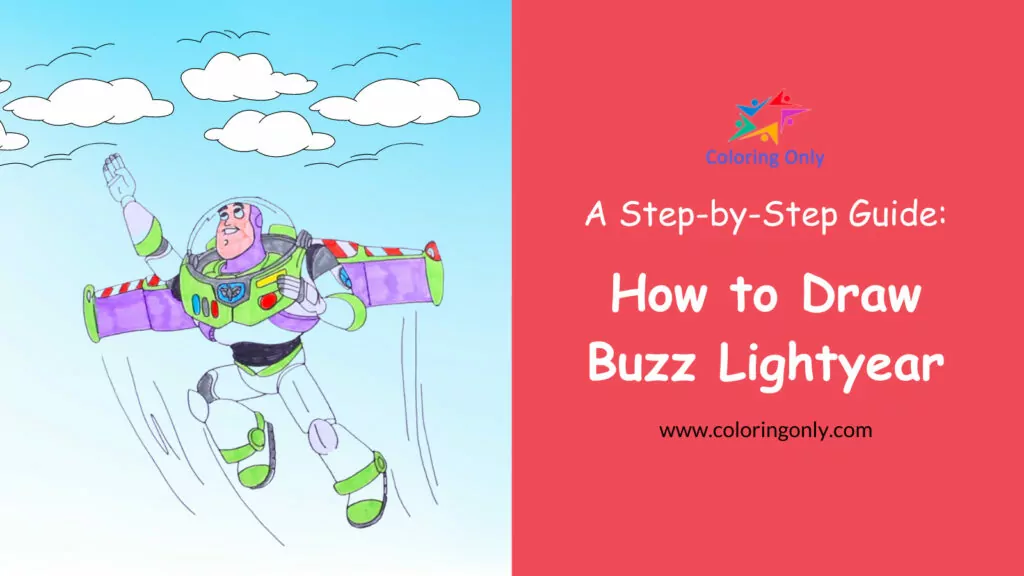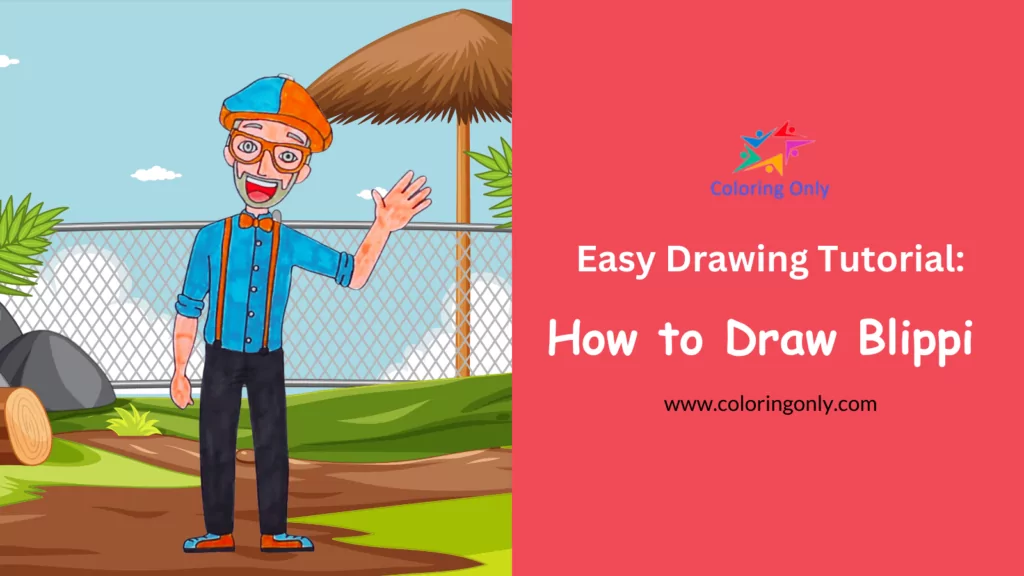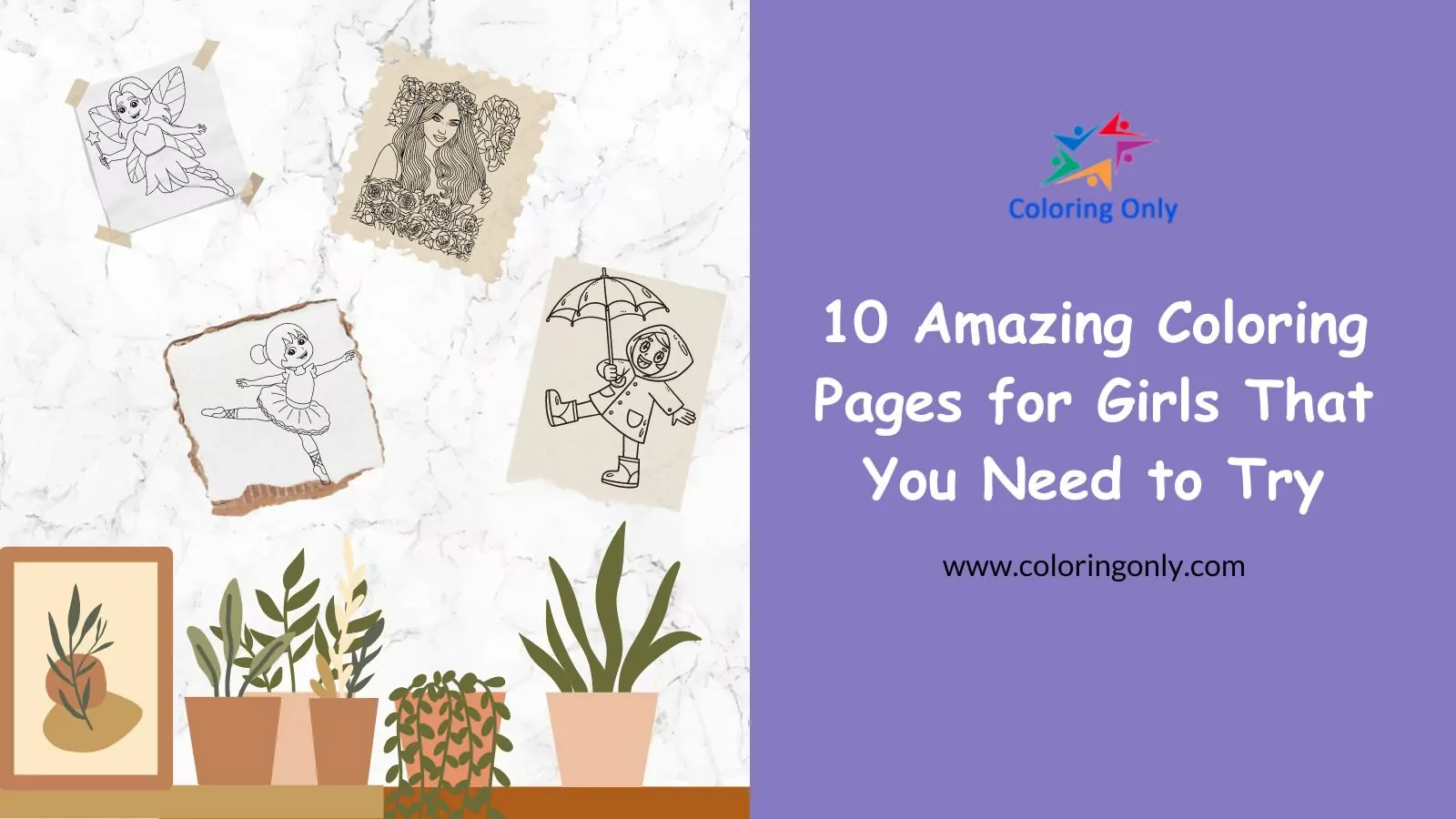
Introduction to Digital Drawing Techniques
Digital art has transformed how we make and see art. The rise of digital drawing methods has opened up new possibilities for artists. These methods not only make creating art easier but also more adaptable.
Digital drawing techniques are various ways artists use to make art digitally. From simple sketching to intricate rendering, each method has its own tools and steps. Mastering these methods is vital for artists. They let artists try different styles and mediums, with the freedom to tweak at any stage.
Understanding Figure Drawing
Figure drawing is crucial in art, depicting the human body in different forms and postures. It’s central to nearly every art form, including animation, sculpture, and painting.
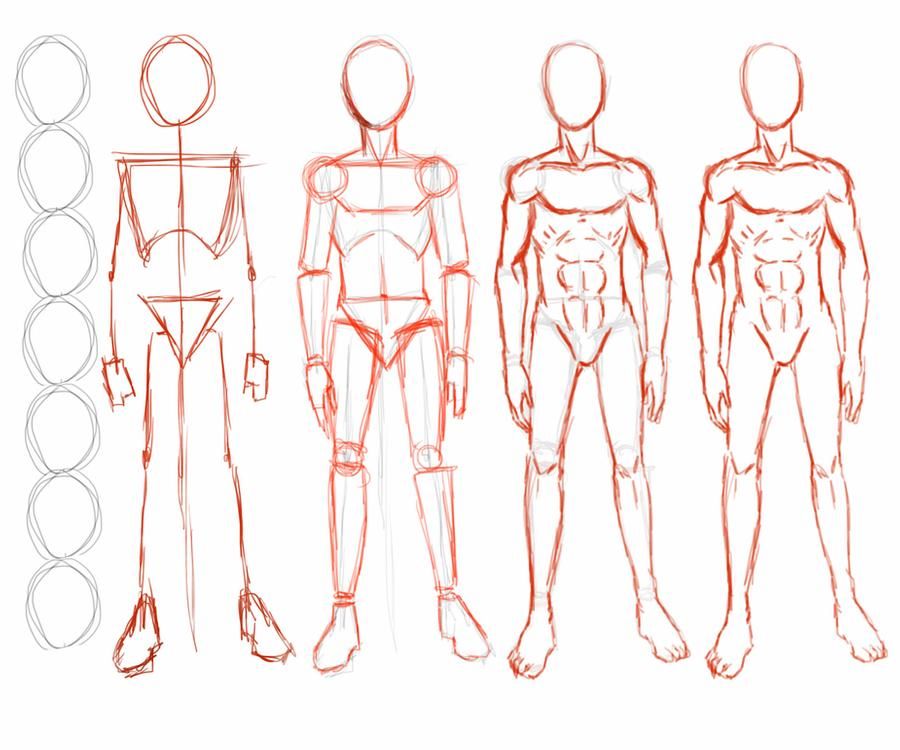
Construction of Male Figure by SeanDee21 on DeviantArt
Figure drawing focuses on understanding human anatomy and proportions. It demands sharp observation and a deep grasp of how the body moves and interacts. Improving figure drawing skills can lead to more lifelike and dynamic artworks.
The Significance of Poses in Figure Drawing
Drawing poses are key in figure drawing, conveying emotions and stories effectively. Mastering different body poses is essential for creating lively and authentic figure drawings. Even simple poses can be a great starting point for beginners.
Gesture Drawing: A Key Technique in Figure Drawing
Gesture drawing is a fundamental technique in figure drawing that focuses on capturing the essence of the subject’s movement and posture rather than the details. It’s a quick and expressive way of sketching that helps artists understand the dynamics of the human body. The benefits of gesture drawing include improved observation skills, a better understanding of human anatomy, and an enhanced ability to capture motion in art.
While drawing poses and gesture drawing are related, they are not the same thing. Here’s a brief explanation of each:
- Drawing Poses: This refers to the practice of drawing the human body in various positions or postures. It involves understanding the structure and proportions of the body, and how they change depending on the pose. This can include static poses, dynamic action poses, and everything in between.
- Gesture Drawing: This is a specific technique used in figure drawing where the artist tries to capture the fundamental action, movement, or ‘gesture’ of the figure. It’s usually done quickly, with the artist focusing on the overall form and motion rather than the details. The goal is to capture the essence of the pose rather than creating a detailed, realistic drawing.
So, while both involve drawing the human figure, the focus and approach are different. Gesture drawing is often used as a warm-up exercise in figure drawing to loosen up and capture the energy of a pose while drawing poses might involve more detailed and careful study of the figure. Both are important skills in figure drawing.
Mastering the Art of Sketching
Before drawing poses or gestures, mastering sketching is a fundamental skill in figure drawing. It allows artists to quickly capture their ideas and lay the foundation for their artwork. Here are some sketching tips and tricks to help you improve your sketching skills:
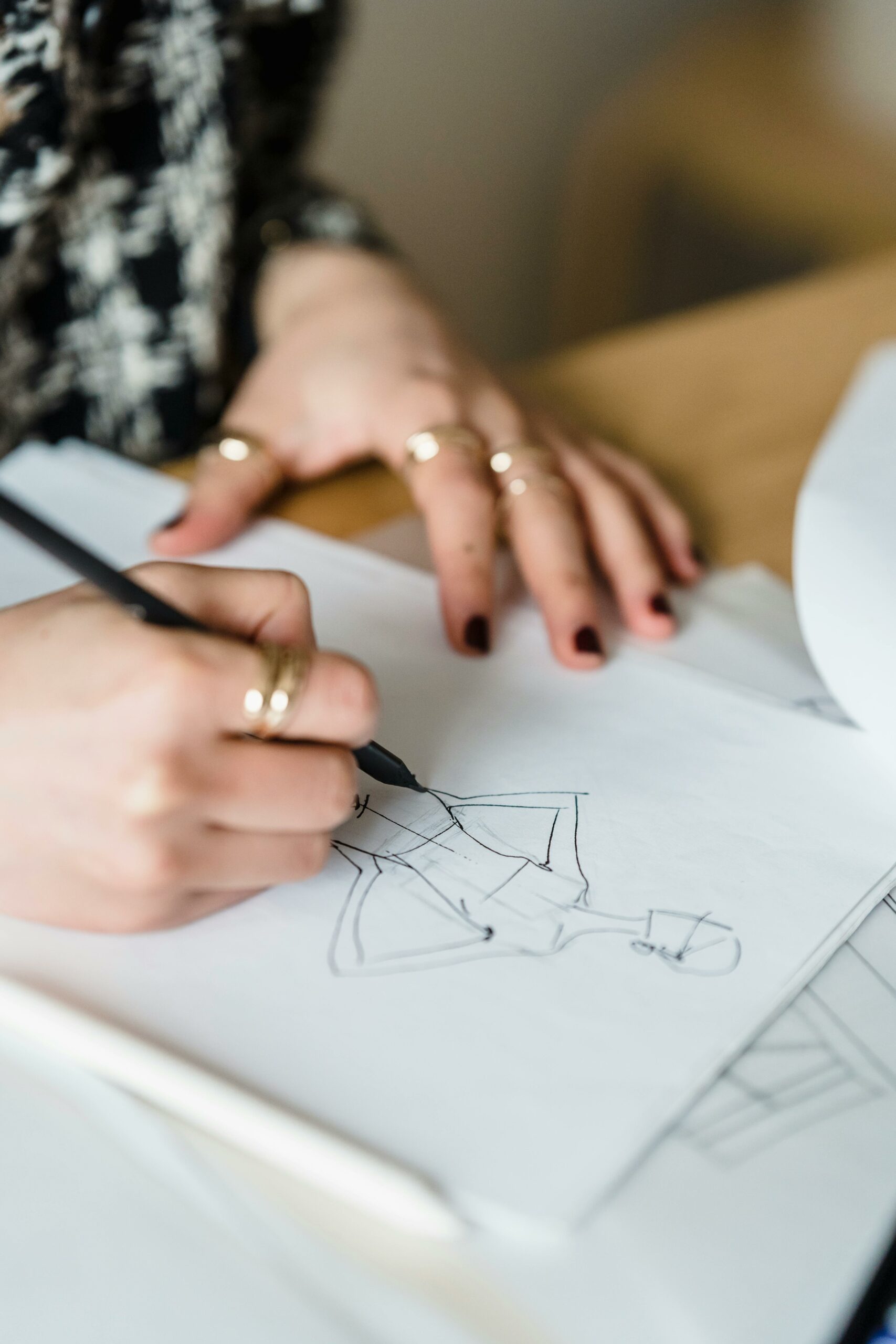
Photo by Michael Burrows from Pexels
- Practice regularly: The more you sketch, the better you’ll get. Try to sketch anything every day, even if it’s just for a few minutes.
- Start with simple shapes: Break down complex figures into simple shapes. This can make the drawing process easier and more manageable.
- Use light strokes for initial sketches: Start with light strokes and gradually darken them as you become more confident with your lines.
- Experiment with different materials: Don’t limit yourself to just pencils. Try sketching with charcoal, pastels, or even digital tools.
Tips and Tricks for Improving Your Figure Drawing Skills
Improving figure-drawing skills requires practice and the right approach. Here are some tips and tricks to help you along the way:
- Practice gesture drawing: This will help you understand the dynamics of the human body and capture motion in your drawings.
- Use references: How to start gesture drawing? Well, use references that can be incredibly helpful when trying to draw complex gestures or poses.
- Understand human anatomy: A basic understanding of human anatomy can significantly improve your figure drawings.
- Capture the Action: Try to capture the essence of the pose. Look for the line of action, which is a line that runs through the figure and shows the direction of the movement.
- Simplify: Gesture drawing is not about capturing every detail. It’s about understanding the pose and the movement. Simplify complex parts of the body into basic shapes and lines.
- Experiment with different techniques: Be bold, try different drawing techniques, and find what works best for you.
Digital Tools and Techniques for Effective Figure Drawing
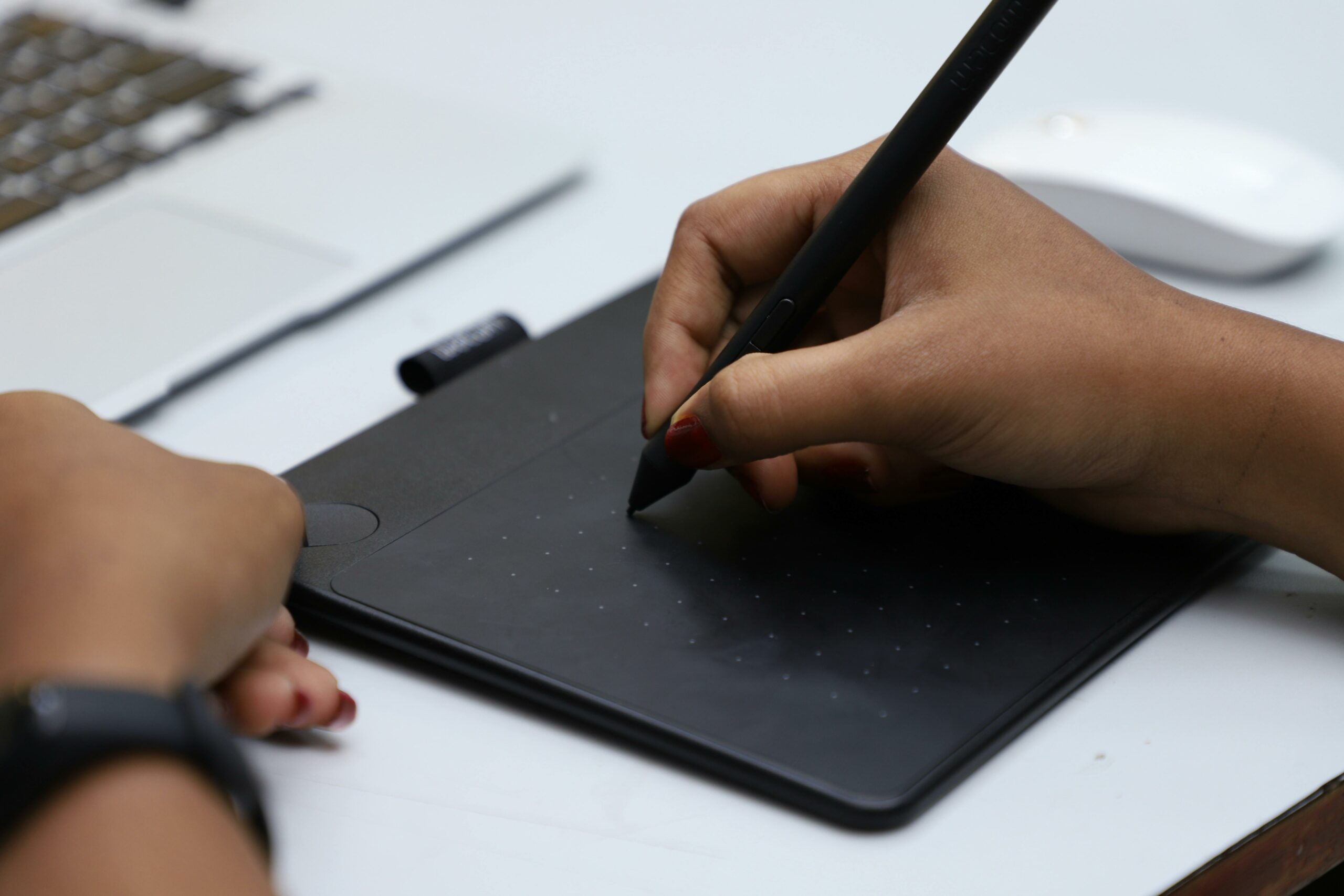
Photo by VARAN NM from Pexels
The digital era has brought many tools and techniques that can significantly enhance figure drawing. Utilizing these digital tools can help artists create more detailed and accurate figure drawings. Digital tools like:
Graphic Tablets: Devices like the Wacom Intuos Pro or the Huion H610 Pro allow artists to draw directly onto a digital surface. This can provide a more natural and intuitive drawing experience compared to using a mouse.
Adobe Illustrator: This software is vector-based, meaning it uses mathematical equations to create your artwork. This allows for infinite scalability without loss of quality. Its brush tool can be used to create freehand drawings, or you can use the pen tool for more precision.
Procreate: This iPad app is known for its responsive and realistic brushes. Artists can create their own brushes, and the app supports layering, which is crucial for complex compositions. It also has robust color options, including a color wheel, harmony rules, and color profiles.
Clip Studio Paint: This software is great for drawing and painting and has a wide range of tools and features, including various brush options, vector layers, a perspective ruler for accurate background art, and a 3D model function for complex poses.
Here are some features of these digital art tools:
Layers: Digital art software usually supports layers, which allows artists to work on different parts of an image separately. For example, you can sketch on one layer, add ink on another, and color on a third, all without disturbing the other layers.
Variety of Brushes: Digital art software often comes with a variety of brushes that simulate different real-world tools like pencils, inks, and paints. Many programs also allow you to customize or download additional brushes.
Color Palettes: Digital art programs offer advanced color tools, including custom color palettes, color pickers, and the ability to adjust hue, saturation, and brightness.
Editing and Tweaking: One of the biggest advantages of digital art is the ability to easily edit and tweak your work. You can undo mistakes, adjust colors, move elements around, and even transform the entire composition with just a few clicks.
When using these digital tools’ features and techniques, artists can create more detailed, accurate, and dynamic figure drawings. They also provide a level of flexibility and control that’s hard to achieve with traditional media.
The Future of Digital Drawing and Figure Drawing
The future of digital drawing and figure drawing is promising, with advancements in technology paving the way for more innovative tools and techniques. Virtual reality, for instance, is opening up new possibilities for artists, allowing them to create art in a three-dimensional space.
Similarly, advancements in AI and machine learning could lead to smarter drawing tools that can assist artists in creating more realistic and detailed artwork. As we move forward, these trends are likely to shape the art industry, making it more accessible and diverse. Stay tuned for more updates on the exciting world of digital art!



